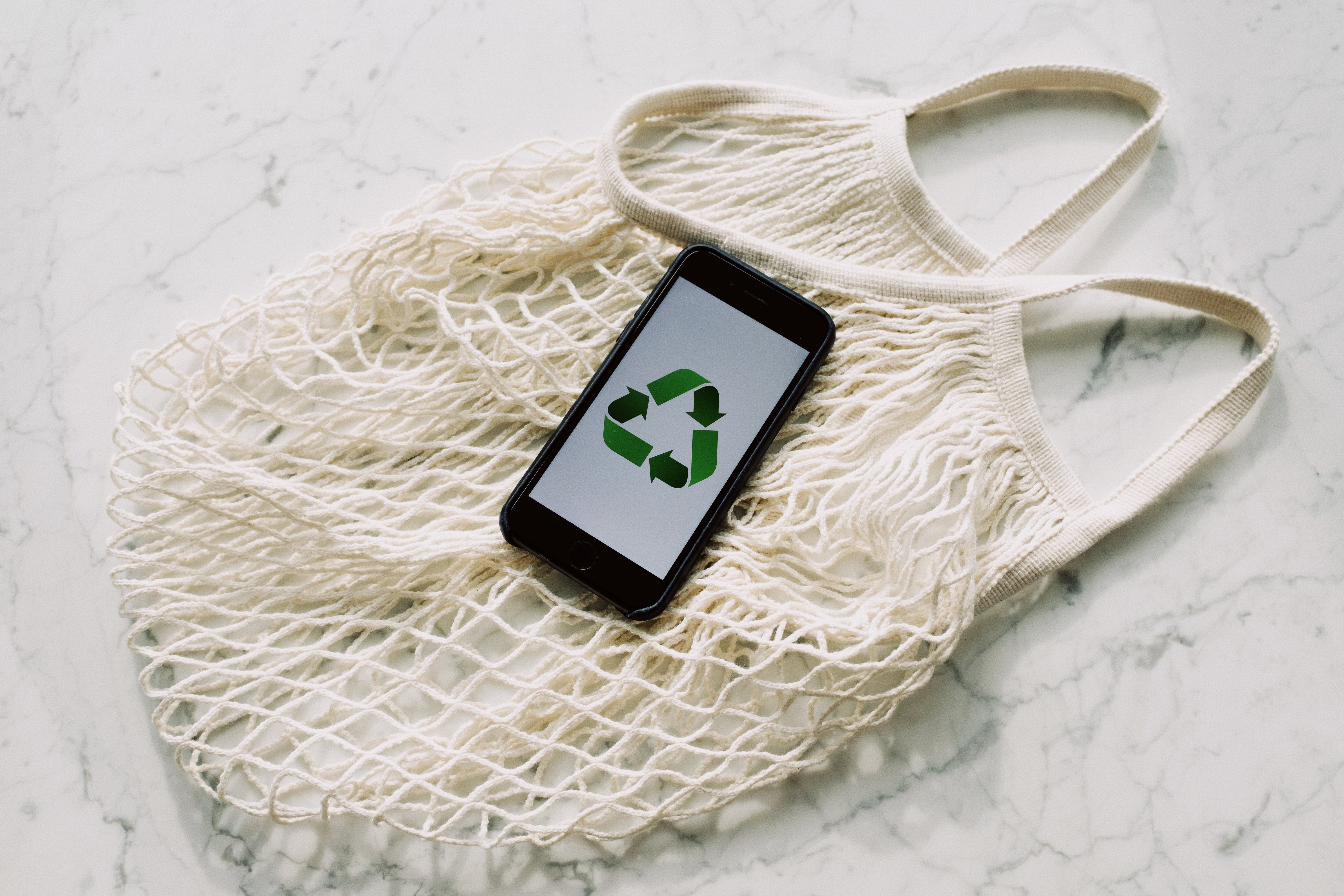"The Unseen Benefits: How Cruelty-Free Products Nurture Our Environment"
Introduction: Have you ever wondered how the skincare products or cosmetics you use impact the world around you? Beyond the glossy packaging and promising benefits, there's a significant aspect that often goes unnoticed: their environmental footprint. In this in-depth exploration, we'll uncover why cruelty-free products aren't just kind to animals but are also a boon to our environment.
What Makes a Product Cruelty-Free? Cruelty-free products are those that are developed without any form of animal testing at any stage of product development. This approach respects animal welfare and often leads to more sustainable and ethical manufacturing practices. But how does this tie into environmental conservation? Let's dive in.
The Environmental Impact of Animal Testing: Animal testing in laboratories isn't just ethically questionable; it also has a hidden environmental cost. These labs consume enormous amounts of energy and water and produce a significant amount of waste, much of which is hazardous. By choosing cruelty-free products, we indirectly reduce this ecological burden.
Cruelty-Free vs. Traditional Products: A Comparative Analysis At the heart of cruelty-free products lies a commitment to using alternative, often plant-based, ingredients. These ingredients are not only gentler on our skin but are also sourced in a way that’s more sustainable for the planet. Traditional cosmetics, on the other hand, often rely on chemicals that can have a long-term negative impact on our ecosystems.
The Ripple Effect of Ethical Choices: Choosing cruelty-free products sends a powerful message to the industry. It encourages companies to adopt more humane and environmentally friendly practices. This shift can lead to a larger movement towards sustainable and ethical consumerism, benefiting not just animals, but our planet as a whole.
Supporting Biodiversity Through Conscious Choices: Cruelty-free products often align with biodiversity conservation. By avoiding ingredients that harm wildlife or deplete natural resources, these products help in maintaining ecological balance.
Certifications and Standards: Look for certifications like Leaping Bunny, PETA’s Cruelty-Free, and Choose Cruelty-Free (CCF) when selecting products. These labels ensure that the product and its ingredients have not been tested on animals.
Call-to-Action: As consumers, we have the power to drive change. By choosing cruelty-free products, we support a more sustainable and ethical industry. Start by examining the products you use daily and consider switching to cruelty-free alternatives. Your choice can make a world of difference.
Conclusion: In the end, cruelty-free products offer a win-win situation. They protect animal rights and contribute to a healthier, more sustainable environment. As we become more conscious consumers, let's remember that every small choice can lead to significant positive changes for our planet.













